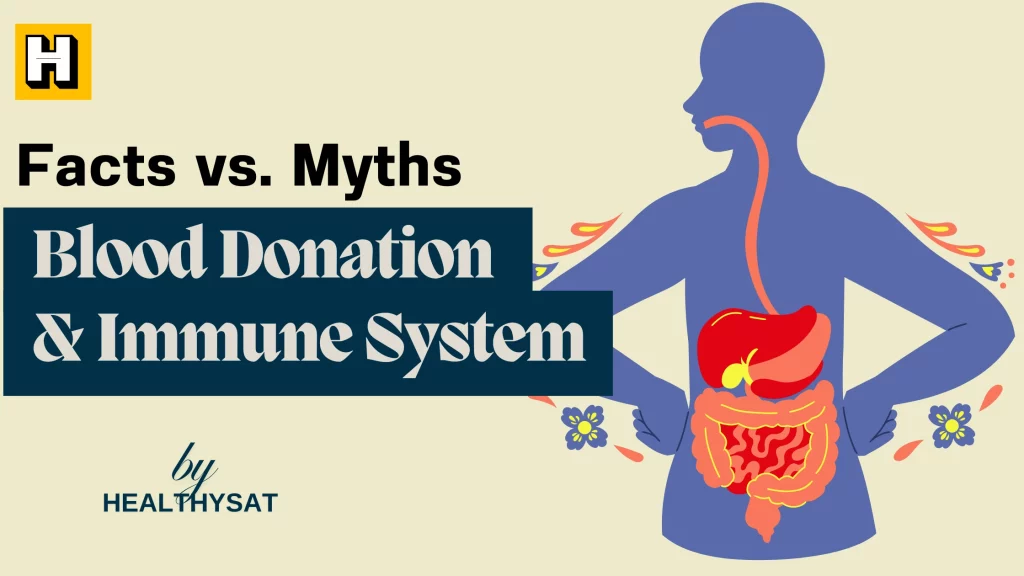Are you worried about your child’s dry or irritated skin? You may be looking for a safe and effective cream for your teenager’s acne-prone skin. If so, you’re not alone! Many parents and caregivers seek the correct cream for their kids and teens.
But with so many options available, it can be overwhelming to choose the right one. That’s why we’ve put together this ultimate guide to kids and teens cream. We’ll cover everything you need to know, from the benefits of using cream to tips on choosing the right one.
Benefits of Using Cream for Kids and Teens
First, talk about why using cream is essential for kids and teens. Here are some of the benefits:
- Moisturizes Dry Skin: Children’s skin tends to be more delicate than adult skin, making it more susceptible to dryness and irritation. A good cream can help hydrate and soothe their skin, reducing discomfort and preventing further damage.
- Treats Skin Conditions: Kids and teens may suffer from skin conditions such as eczema, psoriasis, or acne. A specially formulated cream for their skin type can help manage these conditions and prevent flare-ups.
- Protects from Sun Damage: Sun damage is a genuine concern for children’s skin, especially during summer. A cream with SPF protection can help prevent sunburn and reduce the risk of skin cancer later in life.
Tips for Choosing the Right Cream
Now that you know why using cream is essential, here are some tips for choosing the right one for your child:
- Check the Ingredients: Look for creams with natural ingredients, such as aloe vera, shea butter, or chamomile. Avoid lotions with synthetic fragrances or harsh chemicals that can irritate your child’s skin.
- Consider Their Skin Type: Children’s skin can be oily, dry, or combined. Choose a cream tailored to your skin type to get the best results.
- Look for Dermatologist-Recommended Products: If your child has a skin condition, it’s best to choose a cream a dermatologist recommends. They can help you find a safe and effective product for your child’s specific needs.
Types of Creams for Kids and Teens
There are several types of creams available for kids and teens. Here are some of the most common:
- Moisturizing Cream: This cream is excellent for kids and teens with dry or sensitive skin. It helps hydrate and soothe their skin, reducing discomfort and preventing further damage.
- Acne Cream: Teenagers may suffer from acne, which can be frustrating and embarrassing. Acne creams can help manage breakouts and prevent future ones from occurring.
- Sunscreen: Protecting your child’s skin from the sun is crucial for their overall health. Look for a cream with SPF protection to keep their skin safe while they enjoy the outdoors.
How to Apply Cream on Kids and Teens
Now that you’ve chosen the suitable cream for your child, it’s essential to know how to apply it correctly. Here are some tips:
- Wash Their Skin: Before applying cream, make sure your child’s skin is clean and dry. This will help the cream absorb more efficiently and prevent irritation.
- Use the Right Amount: Use a pea-sized amount of cream for your child’s face and a quarter-sized amount for their body. Using too much cream can make their skin feel greasy and uncomfortable.
Rub it in Gently:
- Massage the cream into your child’s skin using circular motions.
- Be gentle, especially if their skin is already irritated or inflamed.
- Avoid applying too much pressure or rubbing too hard.
- Apply Regularly: Depending on the cream you’re using, you may need to apply it once or twice daily. Follow the instructions on the packaging, and apply the cream consistently to get the best results.
Common Ingredients in Kids and Teens Cream
As we mentioned earlier, checking the ingredients in the cream you’re using for your child is essential. Here are some common elements you may find:
- Aloe Vera: This natural ingredient is known for its soothing and moisturizing properties. It can help reduce inflammation and calm irritated skin.
- Shea Butter is another natural ingredient rich in vitamins and fatty acids that can help hydrate and nourish the skin.
- Chamomile: Chamomile has anti-inflammatory properties and can help calm sensitive skin. It’s often used in creams for babies and young children.
- Salicylic Acid: This ingredient is commonly found in acne creams, as it helps exfoliate dead skin cells and unclog pores. It can be effective for treating mild to moderate acne.
Safety Precautions When Using Cream on Kids and Teens
While using cream is generally safe for kids and teens, there are some precautions you should take:
- Patch Test: Before using a new cream on your child, do a patch test on a small skin area. This can help you determine if they’re allergic to any ingredients.
- Avoid the Eye Area: When applying cream, avoid the eye area. Creams can irritate if they get into the eyes and cause redness or stinging.
- Use Sunscreen Separately: If you’re using a moisturizing lotion with SPF protection, you may not need a separate sunscreen. However, if your child will be spending a lot of time outdoors, it’s a good idea to use a dedicated sunscreen to ensure maximum protection.
Top Cream Brands for Kids and Teens
Many cream brands are on the market, but not all are suitable for kids and teens. Here are some of the top brands that offer products specifically designed for younger skin:
- Cetaphil: Cetaphil is a famous brand that provides a range of products for sensitive skin. Their moisturizing cream is an excellent option for kids with dry or irritated skin.
- Neutrogena: Neutrogena delivers a variety of acne creams that are effective for teenagers. Their products contain salicylic acid, which can help manage breakouts.
- Aveeno: Aveeno is another brand known for its natural and gentle ingredients. Their baby cream is famous for parents seeking a safe and effective moisturizer.
FAQs
Can adults use kids and teens’ creams?
While kids and teens cream is formulated for younger skin, there’s no reason why adults can’t use it too. However, depending on your skin type and concerns, you may need a more specialized product.
Can I use a regular moisturizer on my child’s skin?
It’s best to choose a moisturizer specifically formulated for children’s skin, as their skin is more delicate than adults. Regular moisturizers may contain ingredients that are too harsh for their skin.
How often should I apply the cream to my child’s skin?
This depends on the type of cream you’re using. You may need to apply moisturizing cream once or twice a day. For acne cream, you may need to apply it more frequently. Check the packaging for specific instructions.
What should I do if my child is allergic to a cream?
If your child is allergic to a cream, stop using it immediately and wash the affected area with soap and water. If the reaction is severe, seek medical attention. You may also want to consult a dermatologist to determine which ingredients your child is allergic to.
- Can kids’ and teens’ cream help with eczema? Yes, some creams are formulated to help manage eczema symptoms. Look for creams that contain ingredients like ceramides or colloidal oatmeal, which can help soothe and hydrate the skin. However, it’s always a good idea to consult a doctor or dermatologist before using new products on your child’s skin.
Conclusion
Choosing the suitable cream for your child’s skin can be daunting, but with a bit of research and attention to ingredients, you can find a product that works well for their specific needs. Remember to patch-test new products and follow the instructions on the packaging. You can help keep your child’s skin healthy, hydrated, and protected with a suitable cream.







